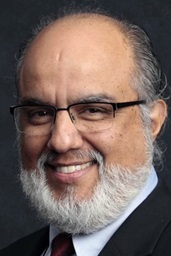In early 1965, Selma, Alabama, became the focus of activists’ efforts to register black voters in the South. On March 7, 1965, civil rights workers attempting to march from Selma to the state capital of Montgomery were severely beaten by state and local police as they crossed the Edmund Pettus Bridge. This event came to be known as “Bloody Sunday” and television coverage of the violence sparked national outrage.
When Martin Luther King Jr. and Selma activists made plans to retry the march again two days later, a restraining order was issued prohibiting the march until at least 11 March, and President Johnson pressured King to call off the march until a federal court order could provide protection to the marchers.
On March 25, 1965, under the protection of the National Guard, Martin Luther King Jr. led protestors on the 54-mile journey from Selma to the steps of the capitol in Montgomery, Alabama.The historic march, and King’s participation in it, greatly helped raise awareness of the difficulty faced by black voters in the South, and the need for a Voting Rights Act, which was passed later that year.
On the weekend of March 7-8, 2015, tens of thousands converged on tiny Selma, Alabama, for events commemorating the 50th anniversary of “Bloody Sunday.” Among the thousands in attendance were a number of United Methodists — some of whom had traveled to Selma for the original marches while they were seminary students — and retired United Methodist bishop, Woodie White, who takes his own seminary students to Selma every year on a civil rights pilgrimage.
Like what you're reading? Support the ministry of UM News! Your support ensures the latest denominational news, dynamic stories and informative articles will continue to connect our global community. Make a tax-deductible donation at ResourceUMC.org/GiveUMCom.



